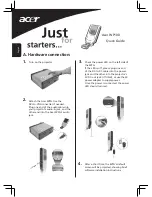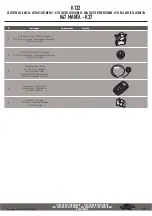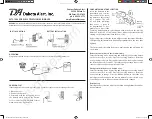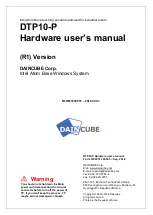
Preparing for Use
R&S
®
NRPxxT(N)
12
User Manual 1177.6023.02 ─ 08
3
Preparing for Use
For information on safety, see:
●
Chapter 1, "Safety Information"
●
Chapter 3.2, "Operating Conditions"
3.1
Unpacking and Checking the Power Sensor
Check the equipment for completeness using the delivery note and the accessory lists
for the various items. Check the power sensor for any damage. If there is damage,
immediately contact the carrier who delivered the power sensor. Make sure not to dis-
card the box and packing material.
Packing material
Retain the original packing material. If the instrument needs to be transported or ship-
ped later, you can use the material to protect the control elements and connectors.
3.2
Operating Conditions
Specific operating conditions are required to ensure accurate measurements and to
avoid damage to the power sensor and connected devices. Before switching on the
power sensor, observe the information on appropriate operating conditions provided in
the basic safety instructions and the data sheet of the power sensor.
In particular, ensure the following:
●
The power sensor is dry and shows no sign of condensation.
●
The ambient temperature does not exceed the range specified in the data sheet.
●
Signal levels at the input connectors are all within the specified ranges.
●
Signal outputs are connected correctly and are not overloaded.
3.3
Considerations for Test Setup
Give particular attention to the following aspects when handling power sensors.
Preventing electrostatic discharge (ESD)
ESD is most likely to occur when you connect or disconnect a DUT.
►
NOTICE!
Risk of electrostatic discharge (ESD). Electrostatic discharge (ESD) can
damage the electronic components of the power sensor and the device under test
(DUT).
Considerations for Test Setup













































